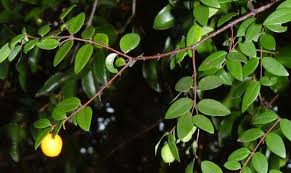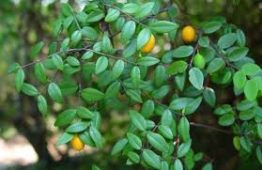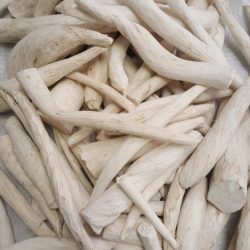
Synaptolepis kirkii (Uvuma-omhlope)
Synaptolepis kirkii is a small shrub, usually with a climbing habit, producing stems up to 4 metres long that arise from tuberous swollen roots. The branches twine around other plants for support. The shrub possesses many branches and has got leaves that are dark blue-green colored having a spear shape. Its roots are fibrous coated with a porcelain white color holding a strong stem that is almost black in color.
Synaptolepis kirkii grows and develops a flower that is tubular colored with a white tinge with its stamens carrying pollen that are orange in color. It is quite a colorful shrub as the description tires to portray. What is more, Synaptolepis kirkii’s flowers develop into orange berry like fruits embedded in the base of the flowers. The berry-like fruits are edible and are very delicious when they turn yellow-orange to announce that they are ripe. The Synaptolepis kirkii is a shrub native to Africa whose large fibrous roots are dried and ground into a powder which is then enjoyed as a tea. The plant has got one other common name and in case you encounter it, then it refers to
the same shrub. This common name is thus Uvuma-omhlope.
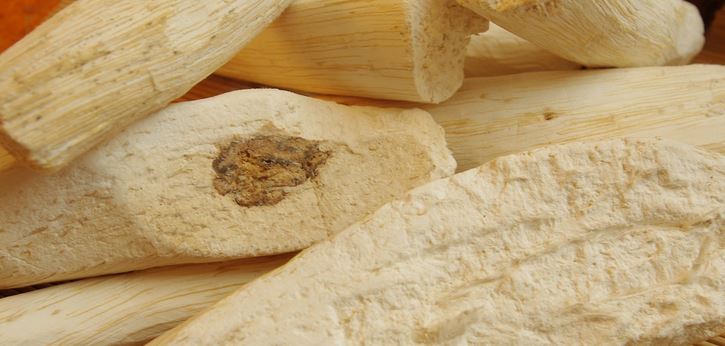
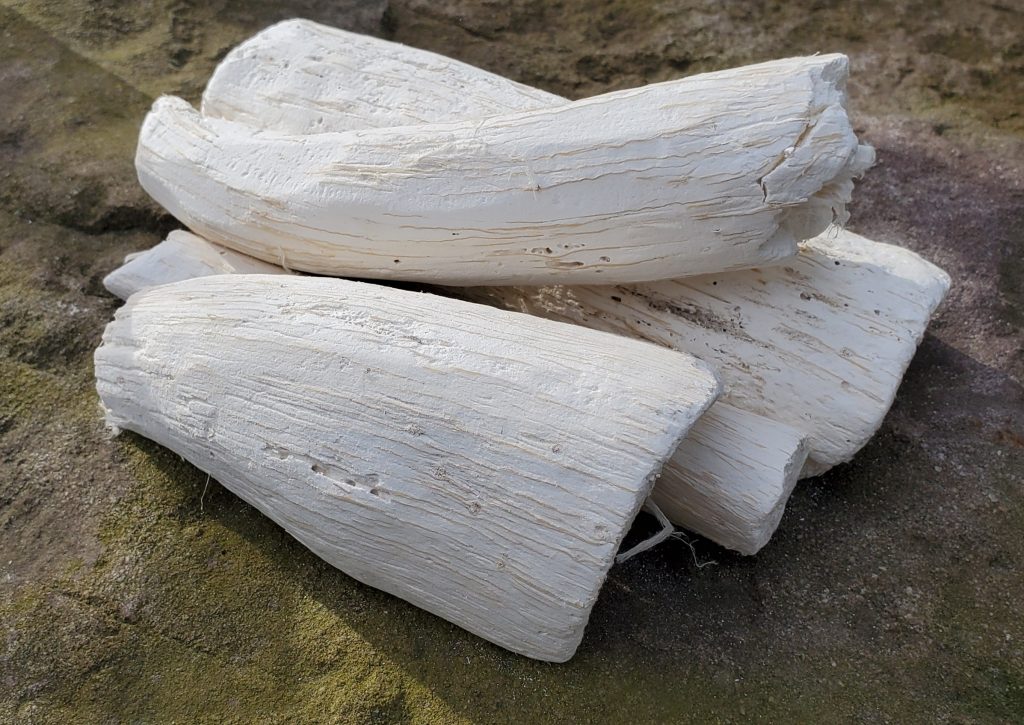
Synaptolepis kirkii It is an herbal oneirogen: a dream herb! It is used by the Zulus tribe to produce clear visions during periods of trance. It is a healing plant of the mind. Dreams induced under his influence are wise types and allow us to see clearly when the real situation is complex… It relieves anxiety, has mood lifting properties and prevents impatience. It is called empathogenic. It can be taken in the morning. If consumed in the evening it will help not only to dream lucidly, but to fall asleep peacefully. It can take a week before the effects are noticed. It is a plant whose effects increase with the number of consecutive days of use. Thus, the dream experience unfolds little by
little, night by night, and can persist for weeks even after finishing its use. It is also used against snakebites and for the treatment of epilepsy.
It contains kirkinin, a neurotrophin that induces the development and function of neurons: it is therefore considered as a brain tonic! Traditionally, a small amount of root powder is consumed in the form of a hot tea, in the morning for best results, or before bedtime.
